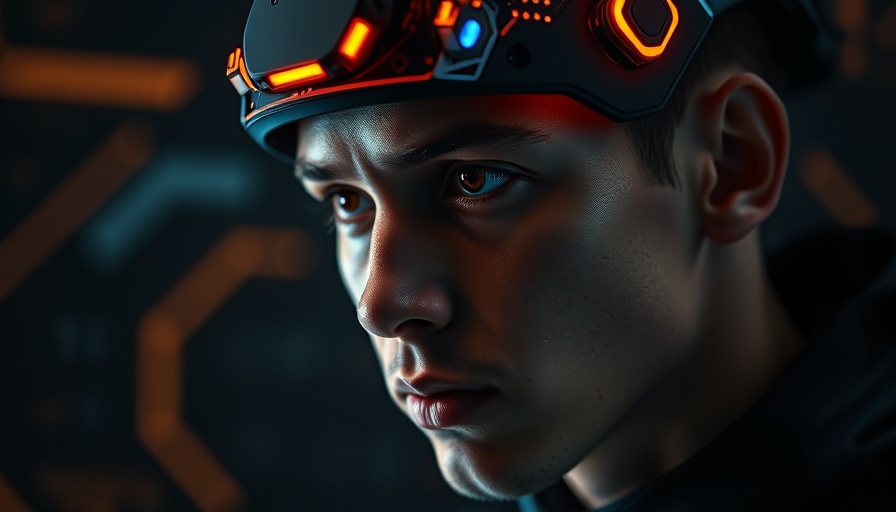
The Awakening of AI: OpenAI's Groundbreaking Model o3
In an era where technology reshapes our lives at an unprecedented pace, OpenAI's latest creation, the o3 model, stands out as a beacon of innovation. This cutting-edge AI possesses capabilities that were once thought impossible, pushing the boundaries of what machines can understand and achieve. Central to its advancement is the ability to think with images, a transformative leap that brings us closer to a seamless interaction between humans and AI.
In 'OpenAI’s ChatGPT o3 - Pushing Humanity Forward!', the discussion dives into groundbreaking AI advancements, uncovering insights that inspire deeper analysis on our end.
The Power of Images in AI Learning
One of the most significant features of OpenAI's o3 is its new image processing capability. Unlike its predecessors, o3 doesn’t merely sift through text; it interprets visual cues, drawing insights and conclusions that can enhance problem-solving in real-time. Imagine asking the AI to identify the largest ship in a photograph or interpret a text on a distant sign—tasks like these exemplify its potential. This advancement hints at a future where personal assistants can assist not just with knowledge but with contextually rich visual data, potentially revolutionizing industries like education, marketing, and even healthcare.
Engaging Learning Experiences
Engagement is key to effective learning, and o3 capitalizes on this by using a personalized approach to education. By recalling users’ preferences and history—such as interests in scuba diving—o3 crafts tailored learning experiences that dive deep into specific topics. For instance, it can share fascinating insights about coral larvae in the context of underwater ecosystems, transforming mundane facts into exciting explorations. Such personalization could revolutionize the learning process, making it more relatable for students and professionals alike.
The Future of Research: Will AI Become Our Colleague?
The notion of AI acting as a collaborator rather than a mere tool is no longer a far-off dream. With o3's enhanced memory and problem-solving skills, it has been tasked with finishing incomplete research papers, demonstrating capabilities that suggest it could indeed serve as a valuable asset in research settings. This capability raises vital questions about the future landscape of academia and innovation. If AI can generate meaningful research solutions, can it also contribute responsibly to scientific discovery?
Contributions to Humanity: Possibilities Ahead
The implications of such advancements are monumental. By providing insights and innovations in fields like drug design, sustainable agriculture, and renewable energy, o3 has the potential to be an engine of progress. This prospect paints an exciting picture of AI as a facilitator for solving some of humankind’s most pressing issues. Imagine an AI that not only understands human needs but actively pushes forward solutions for a sustainable future.
Students and Professionals: Prepare for Change
For students and professionals working in tech, education, or any creative field, the advent of the o3 model heralds an era of substantial change. As AI becomes more integrated into various industries, those who understand and utilize these tools effectively will have a competitive edge. Embracing AI technologies like o3 means adapting to a collaborative future where machine intelligence enhances human creativity and productivity.
The exciting developments around OpenAI's ChatGPT o3 showcase a pivotal moment in artificial intelligence, prompting us to reflect on how these technologies can enrich our personal and professional lives moving forward. The potential for AI to not only support but advance human endeavors is immense. Whether you are a business owner, student, or simply an enthusiast of technology, staying informed and adaptable will be key in this unfolding narrative of AI.
If you're eager to explore more about these cutting-edge technologies and their implications for our future, stay tuned and participate in discussions surrounding AI advancements—be part of the journey that shapes our collective future!
 Add Row
Add Row  Add
Add 




Write A Comment